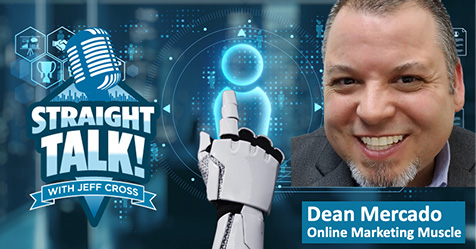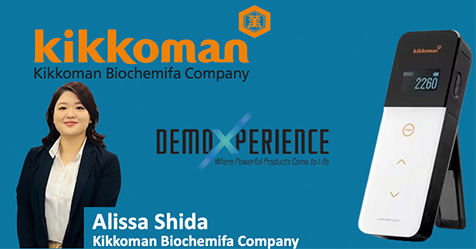Sales trainer Troy Harrison has identified a gap between how most professionals use LinkedIn and how the platform is intended to function. He emphasizes practical, everyday strategies, reframing LinkedIn as a deliberate networking space where consistent interaction is more effective than occasional self-promotion.
Harrison’s starting point is straightforward: understand the business model. “LinkedIn makes most of its money through memberships, through LinkedIn Premium, through LinkedIn Sales Navigator … through the LinkedIn Jobs,” he explained. Since subscriptions, rather than ad dollars, are at the core of its revenue, Harrison believes LinkedIn should be used for professional discussions instead of sharing irrelevant or spammy messages.
To achieve this, he emphasized the importance of establishing a disciplined daily routine. “Salespeople need to be spending, I really believe a dead minimum of 20 minutes per day on LinkedIn, not posting stuff, but interacting with content that other people post,” Harrison said. The goal is to appear in the relevant feeds with thoughtful reactions and comments that advance relationships. He’s blunt about meaningless interactions: “When I say a substantive comment, I don’t mean, ‘Hey, great post,’” he said. “Say something meaningful about the post.”
Harrison is clear about what not to do when connecting with potential clients. Avoid sending knee-jerk connection requests with an instant sales pitch. What he calls a “pitch slap”—brands you as “that pesky salesperson from the word go.” In his words, “It’s the wrong way to approach it.”
Instead, he recommended taking a warmer approach. React to a prospect’s posts, add value through your comments, and let curiosity pull them to your profile. Even a quiet touch helps: “Just go visit somebody’s profile,” he said. The profile-view notification often prompts a reciprocal visit, creating a sense of recognition before making a cold call.
He also highlighted underused LinkedIn features. “LinkedIn groups are one of the most underutilized aspects of LinkedIn,” Harrison said. Treat groups like focus rooms at a conference. For example, show up to contribute best practices, not to pitch. Over time, consistent value builds recognition and access. Beyond the platform, the benefits extend to increased search visibility.
Harrison follows a straightforward yet disciplined approach: “My minimum that I hold myself to is five comments per day. And I like to do two to three posts per week.” His underlying philosophy is simple: start, then refine. Instead of waiting for the ideal content plan, focus on establishing the habit that allows you to participate in conversations with others.
Consider LinkedIn as a live networking event, not a billboard. Show respect, be patient, and invest time in building connections before making requests. As Harrison puts it, prospecting today is a “slow play.” However, for those who navigate the platform with intention, LinkedIn can serve as a consistent source of relationships, reputation, and revenue.



